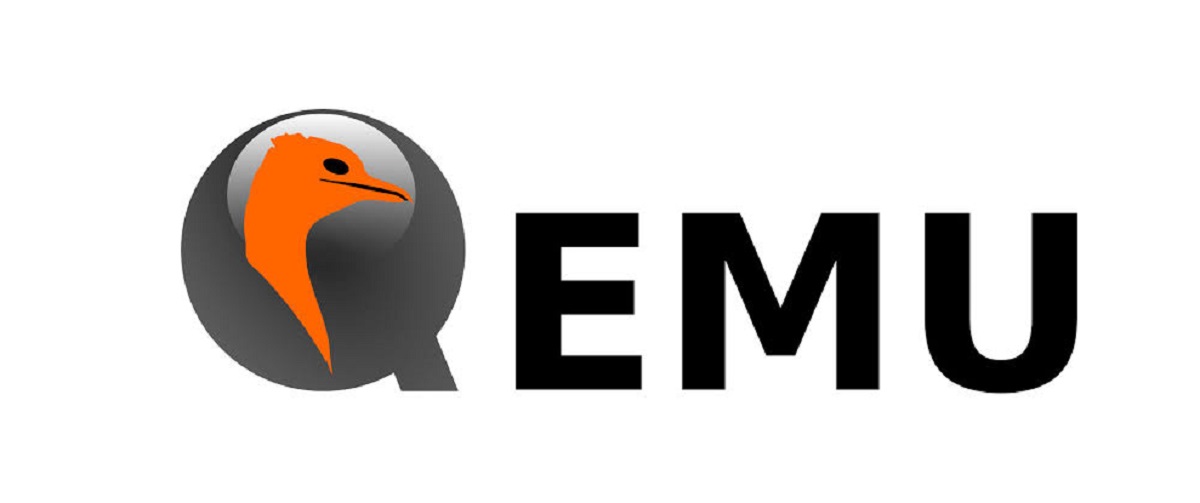
The launch of the new version of the project was recently presented QEMU 6.2, version in which in the preparation of the new version more than 2300 changes were made by 189 developers.
For those who are unfamiliar with the project, they should know that it acts as an emulator that allows you to run a compiled program for a hardware platform on a system with a completely different architecture, for example, to run an ARM application on an x86 compatible PC.
In virtualization mode in QEMU, performance of code execution in sandbox environment is close to hardware system due to direct execution of instructions on CPU and use of Xen hypervisor or KVM module.
The project was originally created by Fabrice Bellard to allow Linux binaries built on x86 to run on non-x86 architectures. Over the years, full emulation support has been added for 14 hardware architectures, the number of emulated hardware devices has exceeded 400.
Main novelties of QEMU 6.2
In this new version of QEMU 6.2 in the mechanism virtio-mem, which allows you to connect and disconnect the memory of virtual machines, full support for guest crash dumps has been added, copy operations before and after environment migration (pre-copy / post-copy) and creation of guest system snapshots in the background.
Another of the changes that stands out is in QMP (QEMU Machine Protocol) implement error handling DEVICE_UNPLUG_GUEST_ERROR occurring on the guest side in case of failures during hot plug operations.
It is also highlighted that syntax of processed boot arguments was extended In plugins for the classic code generator TCG (Tiny Code Generator), plus support for multi-core systems was added to the "cache" plugin.
At x86 emulator Supports Intel Snowridge-v4 CPU model, added support for accessing Intel SGX enclaves (Software Guard eXtensions) from guests using the / dev / sgx_vepc device on the host side and the "memory-backend-epc" backend in QEMU. For technology protected guest systems AMD SEV (secure encrypted virtualization), added ability to verify direct kernel launch (without using a boot loader) (enabled by setting the 'kernel-hashes = on' parameter to 'sev-guest').
In the ARM emulator on host systems Apple Silicon supports "hvf" hardware acceleration mechanism when starting AArch64-based guest systems.
Of the other changes that stand out from the new version:
- A new type of emulated machines "kudo-mbc" has been implemented.
- For 'virt' machines added support for ITS (Interrupt Translation Service) emulation and the ability to use more than 123 CPUs in emulation mode.
- Added support for BBRAM and eFUSE devices for "xlnx-zcu102" and "xlnx-versal-virt" emulated machines.
- For systems based on the Cortex-M55 chip, support is provided for the rolling profile of the MVE processor extensions.
- Initial support for the POWER10 DD2.0 CPU model has been added to the PowerPC architecture emulator.
- POWER10 architecture support for "powernv" emulated machines has been improved and FORM2 PAPR NUMA descriptions have been added for "pseries" machines.
- Support for Zb [abcs] instruction set extensions was added to the RISC-V architecture emulator. The "host-user" and "numa mem" options are allowed for all emulated machines.
- Added support for SiFive PWM (pulse width modulator).
- The 68k emulator improves compatibility with Apple's proposed NuBus, including the ability to load ROM images and support for interrupt slots.
- Added support for emulating the Fujitsu A64FX processor model.
- The qemu-nbd block device has write caching mode enabled by default ("lazy write" instead of "direct write") to match the behavior of qemu-img.
- Added "–selinux-label" option to label SELinux Unix sockets.
Finally if you are interested in knowing more about it of the changes and novelties that are presented in this new version of QEMU 6.2 you can check the details and more in the following link